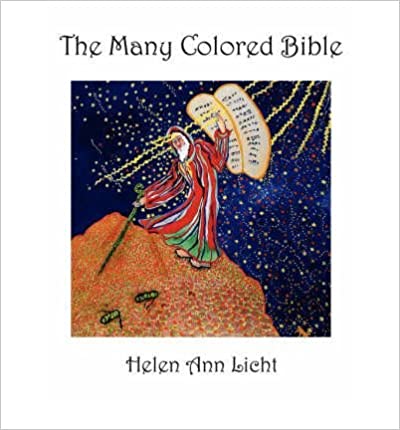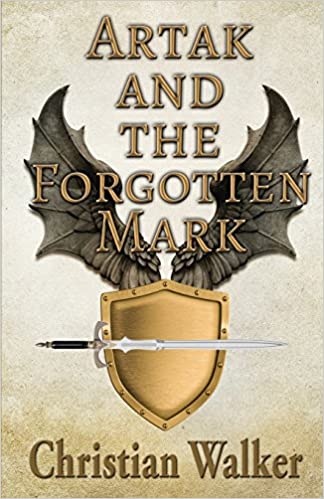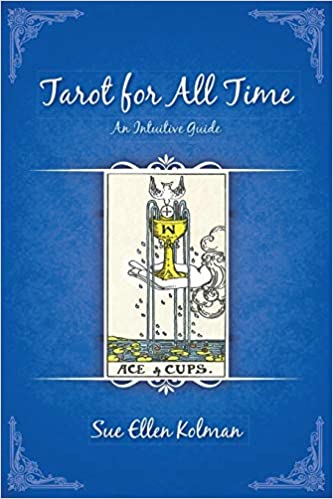Effective Recipe for Creative Fiction Plot Ideas
7 Ingredients to Cook up Ingenious Plots for Fiction Stories
Every writer has hit a wall in their writing career once, twice, or several times. It’s completely understandable. When the creative mind is uninspired, plot ideas for new stories are nearly impossible to produce. Sometimes, rest and relaxation will suffice. Other times, drastic measures must be taken. Fortunately, with today’s technological advancements, writers don’t need to go far to look for some stimulation.

Image Source: ramdlon | pixabay
Before the Internet, outlining a novel would require a sudden spark of inspiration and considerable thinking. However, nowadays, writers can use a plot generator to come up with a fictional story to develop. Still, many writers prefer to engage in the more elaborate creative process to craft an original literary masterpiece.
If you’re one of these writers, here are seven fundamental ingredients to help you write you own plot:
- A hefty dose of immovable motivation
The protagonist’s motivation moves the story. Character motivation may vary from earth-shaking goals, like saving the world from great evil to the more common goals such as finding the love of your life. Whatever it is, it has to be clear to the readers. It has to be something they can relate to. It has to be something that will make readers root for your protagonist.
- A huge pint of solid goal
In Sherlock Holmes series, Sherlock’s motivation was to solve mysteries. This was made clear in the earlier part of the story. Going about solving puzzling crimes to winning against a psychotic criminal mastermind, Sherlock’s goal remained unchanged to the core. Similarly, in the epic Odyssey, Odysseus’s only goal after the war was to return to Ithaca. However, as the story progressed and complications occurred, his goals shifted then ultimately remained the same. Throughout the story, the protagonist’s goals may evolve. However, the premise must remain unchanged.
- A handful of conflict escalation
A story without conflict is similar to a dish without seasoning and spice—bland and uninteresting. A captivating plot calls for a conflict that will shake the protagonist’s world. Just like how Sherlock’s everyday crime-solving evolved into overcoming the ‘Napoleon of Crime’ Professor Moriarty. Likewise, Odysseus started from enduring a long sail home to battling mythical creatures and surviving the wrath of gods. Just like metal, the protagonist must go through the flame to be forged into a strong sword. In many ways, a well thought-out conflict escalation leads to a smoother and more believable resolution.
- Some slice of shifting tides
In developing your book’s plot, always find ways to keep readers on their toes. Remember to put in some twists and turns in your protagonist’s quest or mission. Take this chance to appeal to the reader’s connection with the character. The key to an engrossing novel is to create a plot that moves and shifts. Dramatic revelations, overwhelming sense of despair or seemingly insuperable obstacles are just some of the ways to overhaul your protagonist’s life. Your story must have ups and downs to keep readers hooked.
- A generous helping of steady direction
Details and backstories add flavor to the story. They help dictate the atmosphere and direction of the book. They are also employed to help the reader understand the protagonist and other characters more. However, they should not overshadow the main plot of the fiction. Maintain a smooth flow in uncovering the events of your story with minimal particulars and side stories. Although relevant side stories that lead to the conclusion of a plot or revelation of a central event are entirely welcome. This way, you can avoid plot holes in your novel.
- Some portion of plot structure
Traditionally, a fiction story is structured this way:

Although not always strictly implemented, it is important to maintain some structure in your plot. Structure allows for a more cohesive narrative which in turn helps readers follow the story. It’s a tried and tested formula that has been effective for many years. Of course, as a writer, you can exercise your creative freedom to change things up, and add drama and gravity to your novel.
7. A cupful of realistic characterization
Your characters bring to life the story you want to tell. Therefore, you must spend a considerable amount of time to craft realistic and relatable characters. Your protagonist, for example, must possess a characteristic which allows readers to connect to him or her. In J.D. Salinger’s The Catcher in the Rye, many young readers can relate to the protagonist Holden Caulfield’s struggle with self-identity and belongingness. Likewise, in F. Scott Fitzgerald’s Great Gatsby, Jay Gatsby’s devotion to Daisy is a timeless reminder of lasting love for many readers. In a way, your character’s most prominent trait and deed immortalize the novel itself.
American author and Pulitzer recipient Anne Tyler once said, “If I waited till I felt like writing, I’d never write at all.” So pick up your paper, pens, and other writing paraphernalia, and use your words to cook the story you want the world to taste!
FEATURED AUTHORS
Worrying if I was telling too many secrets Leaving out so much.
Keep Reading »Writing is an arduous task even when one has all ideas clear in the read more
Keep Reading »Write the book, start marketing (letting people know of it) before you finish.
Keep Reading »









